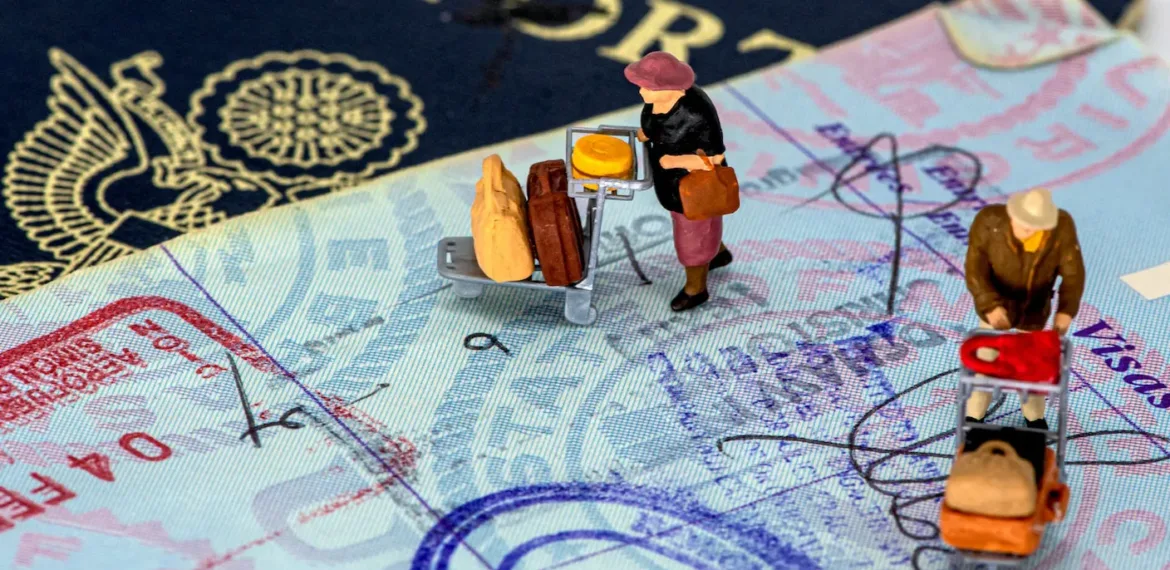Visa Requirements for Vatican City: A visa is not required for visiting Vatican City as it is an independent city-state within Rome.
ROAMOPEDIA
Vatican Cities Visa Requirements
Visiting Vatican City: Navigating Visa Requirements

- Home
- /
- Country
- /
- Vatican City
- / Visiting Vatican City: Navigating Visa Requirements
Related
All related contents.
Related Posts
Vatican City: Home to the Bramante Staircase, a remarkable architectural wonder.
Vatican City – Where history and religion converge at St. Peter’s Square.
Tagline: “Vatican City – A Holy Destination for Faith and Art Enthusiasts.
Discover the timeless beauty of Rome’s historic landmarks and immerse yourself in its rich cultural heritage.
Vatican City: Discover the Gallery of Maps and explore Italy’s rich history through intricate artwork.

Unveiling the Treasures of the Holy See
Discover the spiritual and cultural wonders of Vatican City.
Vatican City: A tiny city-state with a rich history and cultural heritage.Borgia Apartments: A stunning display of Renaissance art and architecture within the heart of the Vatican.A series of rooms within the Apostolic Palace, decorated with frescoes by Pinturicchio and once used by Pope Alexander VI: A glimpse into the opulence and power of the papacy during the Renaissance era.
The spiritual heart of Catholicism, steeped in history and beauty.
Vatican City: The spiritual and cultural heart of the Catholic Church.Sistine Chapel: Famous for Michelangelo’s breathtaking frescoes, including the iconic ‘Creation of Adam’ and ‘The Last Judgment’.
Vatican City: A rich history of art and culture, embodied in the stunning Raphael Rooms.
Vatican City: The Holy See.
Vatican Museums: Where art and history meet.
A vast complex of galleries and museums showcasing an immense collection of art, sculptures, and historical artifacts.
Vatican City: The spiritual heart of Catholicism.
Discover the peaceful beauty of Vatican Gardens.
Discover the treasures of ancient art at Vatican City’s Pio-Clementino Museum.
Experience the grandeur of Italy: St. Peter’s Basilica in Vatican City – where Renaissance art and architecture unite to create the pinnacle of Christendom.
The spiritual and cultural heart of the Catholic Church.
Related
Related contents and articles.
Related Posts
- Print
- Share
- +-Font Size